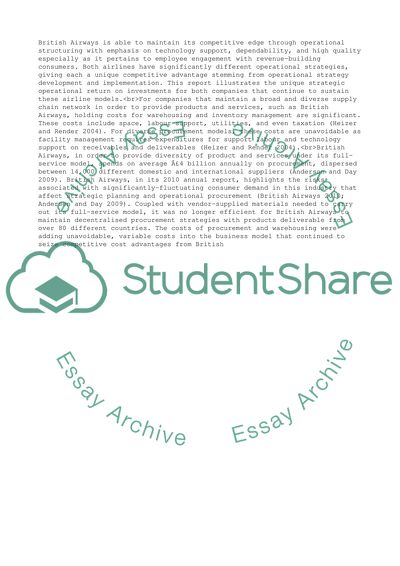Cite this document
(Operations Management Essay Example | Topics and Well Written Essays - 1500 words - 11, n.d.)
Operations Management Essay Example | Topics and Well Written Essays - 1500 words - 11. https://studentshare.org/management/1793640-operations-management
Operations Management Essay Example | Topics and Well Written Essays - 1500 words - 11. https://studentshare.org/management/1793640-operations-management
(Operations Management Essay Example | Topics and Well Written Essays - 1500 Words - 11)
Operations Management Essay Example | Topics and Well Written Essays - 1500 Words - 11. https://studentshare.org/management/1793640-operations-management.
Operations Management Essay Example | Topics and Well Written Essays - 1500 Words - 11. https://studentshare.org/management/1793640-operations-management.
“Operations Management Essay Example | Topics and Well Written Essays - 1500 Words - 11”. https://studentshare.org/management/1793640-operations-management.


